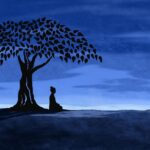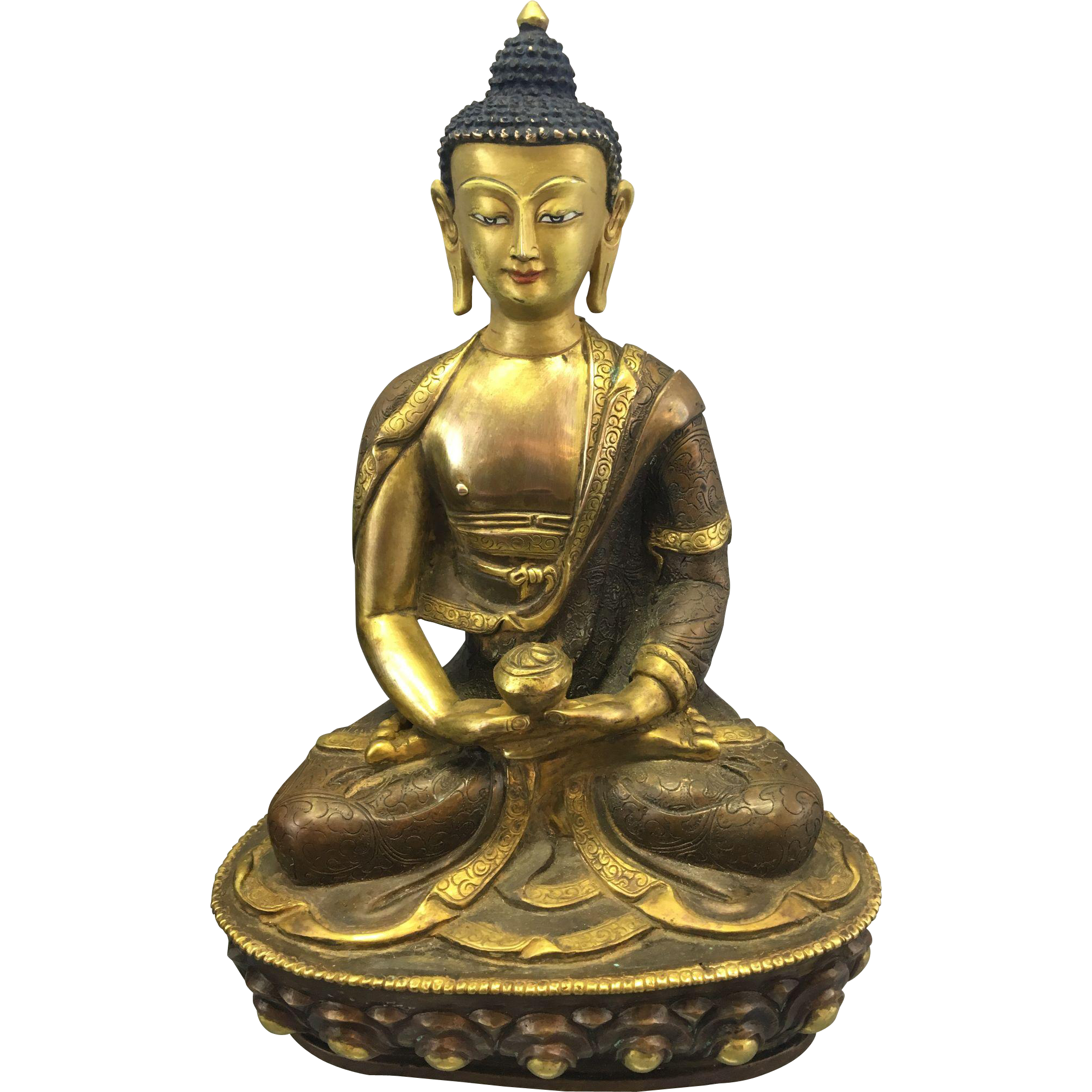Meditation Advice

“Compared to a state of mind that is occupied by nervous, restless thoughts, it is much better to be in a focused, relaxed state of peaceful attention. The benefits of this can be seen immediately: the very moment mind is simply focused on one object, the waves of disturbing thoughts and emotions are absent. Spending a session meditating in this way is like taking a break. It becomes a time of peace and calm, of feeling comfortable with ourselves. When our attention begins to stray away, when we are unable to keep an object in mind, we get distracted, and the feeling of being at ease also disappears. Then we remember the object of attention and continue as before, and the feeling of being at peace reoccurs.” (Chokyi Nyima Rinpoche)
Seven Points of Physical Posture
1 Sit in the lotus posture (if possible), or in the half-lotus.
2 Keep the spine straight. If the back is straight, the channels will be straight. If the channels are straight, the winds will flow straight and the mind will remain stable.
3 Place the hands in the lap, four inches below the navel.
4 Draw the shoulders up, like ‘vulture’s wings’.
5 The neck should be bent forward a little like a hook.
6 Fix your eyes four inches in front of the tip of the nose.
7 The tongue should lightly touch the palate, to stop too much saliva from accumulating in the mouth.
Things to reflect on during Meditation
1 What is the settled mind? Does it have a shape or form? Where does it come from, remain, or go to?
2 The moving or thinking mind. Do the thoughts have a colour or shape? Where do they come from, remain or go to? Where is the thought located in the body?
3 The mind reflects appearances. Examine the senses. Is there any difference between pleasant and unpleasant appearances? Are appearances separate from the mind? Where do they come from?
4 Are the mind and body together? Are the mind and body the same or different? Is one permanent and the other not? Where is the mind located in the body?
5 Are the settled and moving minds together? Are they the same or different? Do they arise alternately? Does the moving mind arise out of the settled mind?
Objects of Concentration
If we cannot decide where the mind comes from, remains and goes to, then we can use various objects on which to fix the mind, such as a Buddha statue, a candle, a dot, stone, or the seed syllables OM AH HUM (which represent the Buddha’s body, speech and mind) on a piece of paper.
Faults in Meditation
If the mind is dull and sluggish, one can imagine a bright, white dot between the eyebrows.
If the mind is agitated and scattered, imagine a black dot just in front of you
—oOo—-
